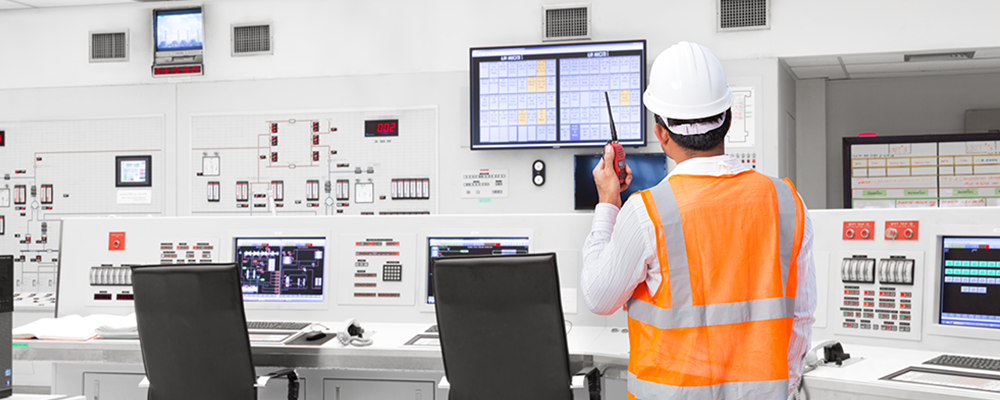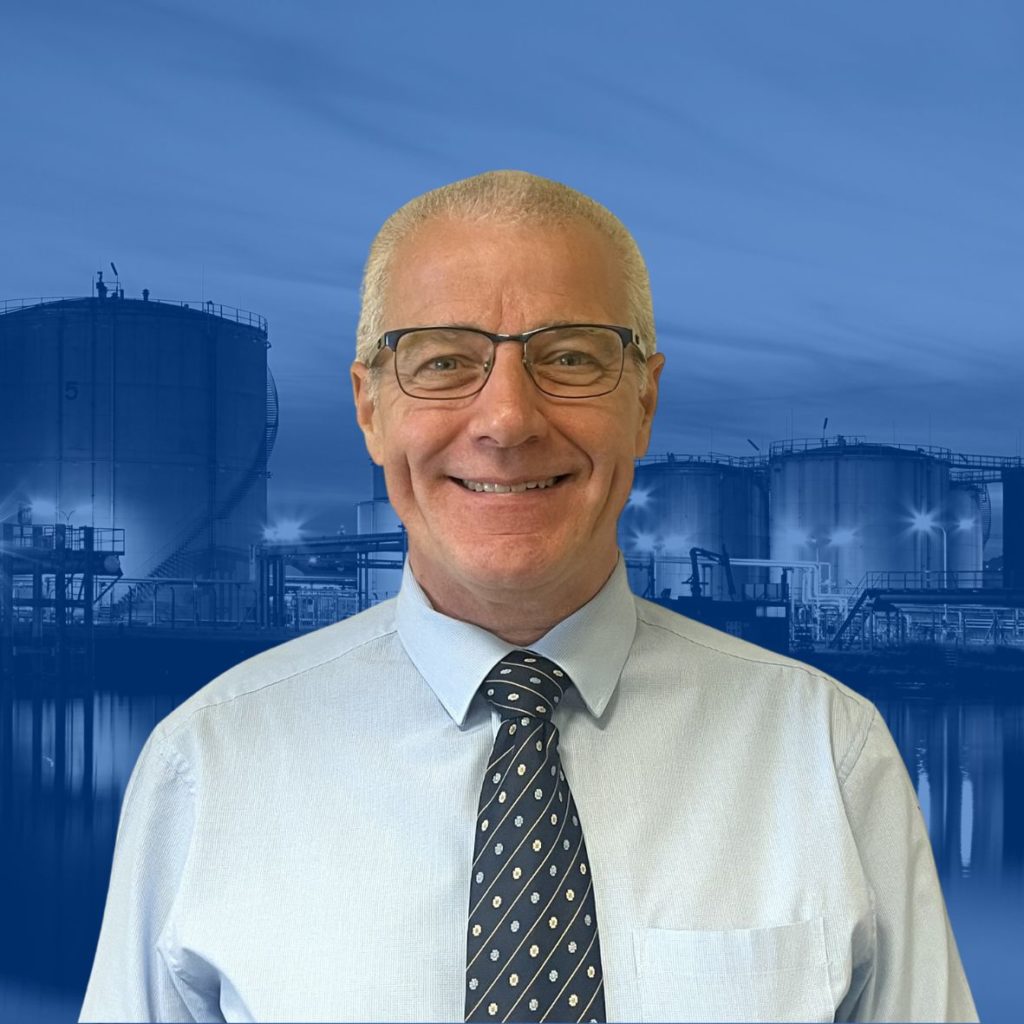

Latest Article

July 25th, 2025
Shaping Competence Together: Building a Culture of Competence in High-Hazard Industries
Other posts by this author
November 1st, 2017
7 health and safety quotes that make you think
February 20th, 2017
Competence Management update from The Oil & Pipelines Agency
February 10th, 2017
US CSB to investigate explosion at Packaging Corporation of America
Categories
Competency Health and Safety Articles Health and Safety News Health and Safety Training In-House News Industry News Online Health and safety Process Training Reynolds Training Services rts Training Course Trending Uncategorized
Written by admin
December 4th, 2013
Health and Safety Articles
Health and Safety News
rts
Process safety has been a major event on everyone’s health and safety calendar during 2013.
From industry, to regulators, to safety providers, ‘process safety’ has ascended from buzzword to an actionable requirement for all relevant parties.
It has certainly been a prominent feature here at RTS. As such, we’ve decided to keep the party going by unpicking The Energy Institute’s most fantastic High Level Framework For Process Safety Management.
The EI’s process safety management framework provides the energy industry with a common understanding of requirements at all levels of an organisation, including:
The EI’s process safety management framework comprises four main areas of ‘focus’, each embedded with a number of sibling elements. Each element aims to inform the energy industry of what they must do to ensure the process safety and integrity of an operation.
Let’s take a look at the four pillars in greater detail:
Echoing The Health and Safety Executive, the EI’s process safety management framework places huge responsibility on the shoulders of industry leaders.
In this area of ‘focus’, organisations must define the level of performance they are prepared to accept and set down what resources are needed to achieve these performance goals.
There are 5 elements within ‘process safety leadership’:
The EI’s process safety management framework provides guidance to organisations about how they should:
There are 2 elements within ‘risk identification and assessment’:
This area of ‘focus’ tells organisations how to implement and manage the different categories of control measures identified during risk assessment activities.
There are 11 elements within ‘risk management’:
Ongoing review and improvement is the key in the ignition of any successful process safety management system. This is particularly the case when it comes to the energy sector.
This area of ‘focus’ tells organisations how they should measure and review their compliance against the expectations of the EI process safety management framework.
There are 2 elements within review and improvement:
The EI’s framework offers comprehensive direction to organisations in the energy sector as to what steps they need to take to prevent major incidents through good process safety.
The process safety management framework was developed in conjunction with experienced practitioners from the energy and industrial insurance sectors as well as regulators in the UK.
Find out more about the process safety management framework at The Energy Institute
Written by admin
December 4th, 2013
Health and Safety Articles
Health and Safety News
rts

Let’s get
learning together!
Lines open Monday to Friday, 9am to 5pm, GMT

Prefer to talk by email?

Send a message to
enquiries@reynoldstraining.com
or fill in the form and a member of our safety team is standing by to help.
- John Reynolds